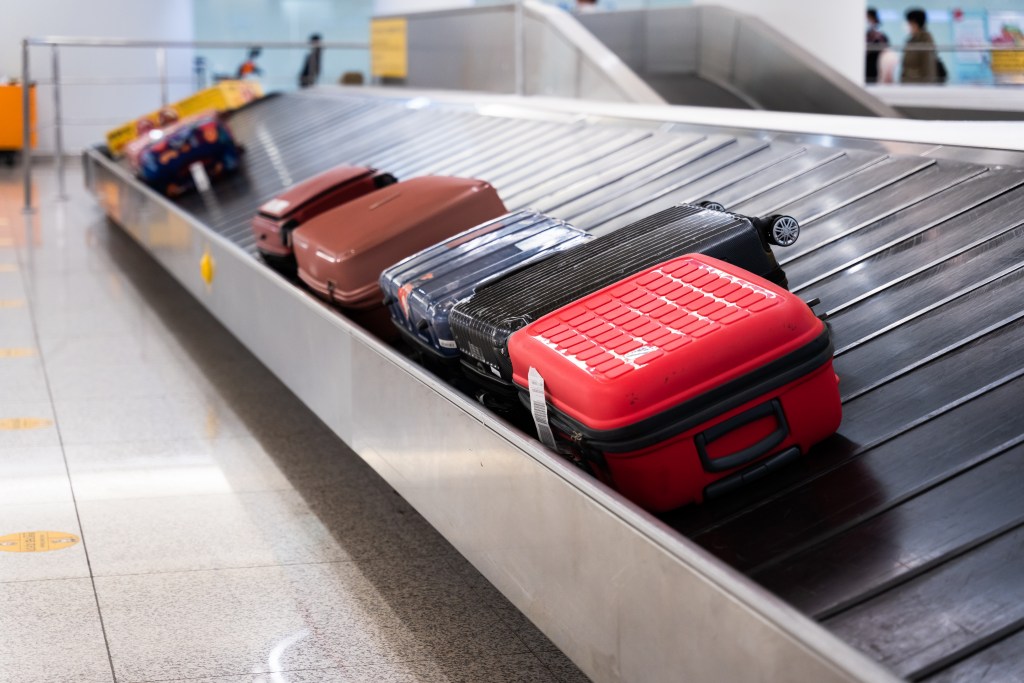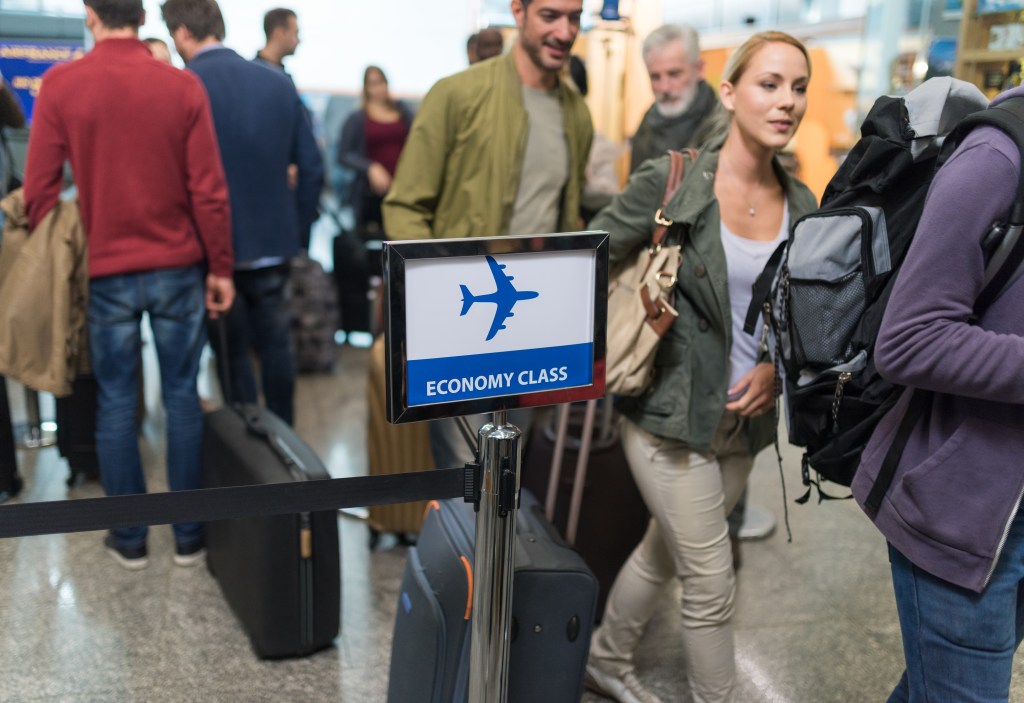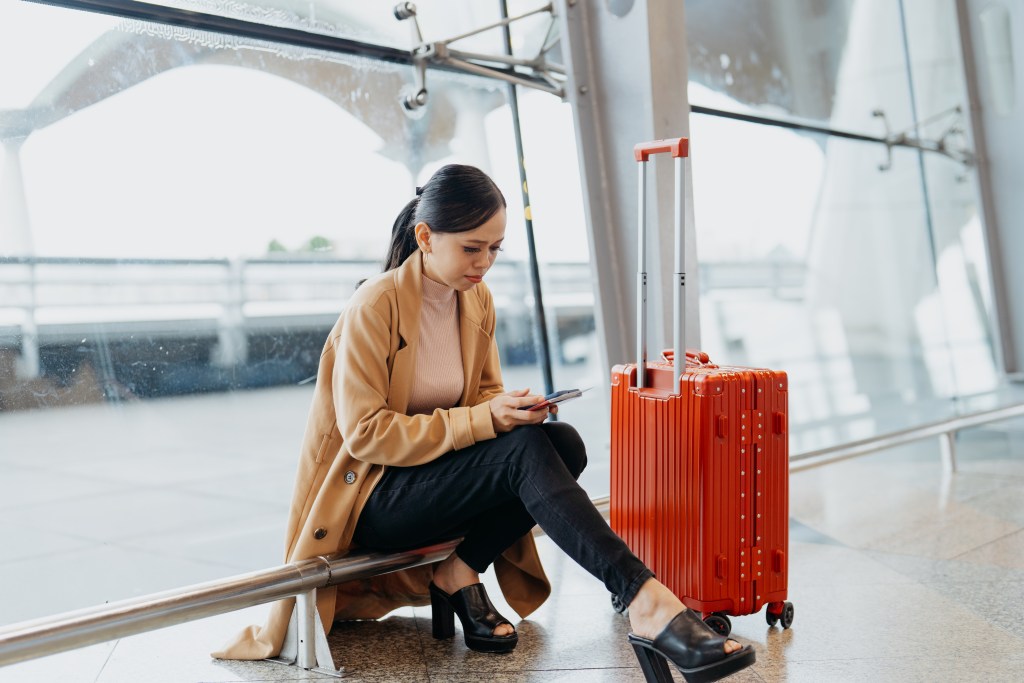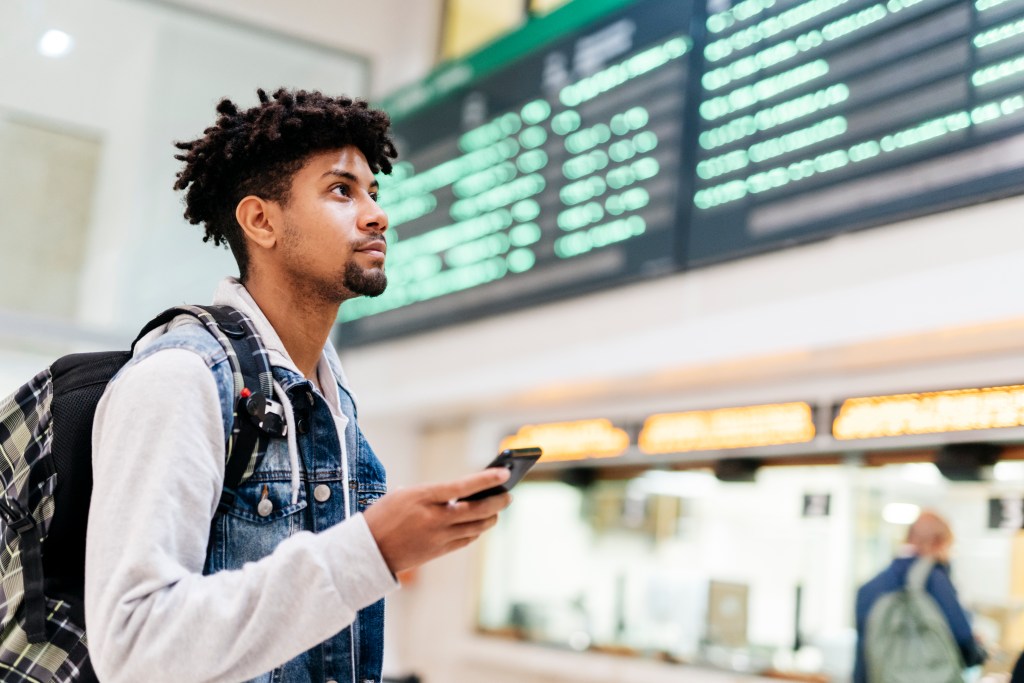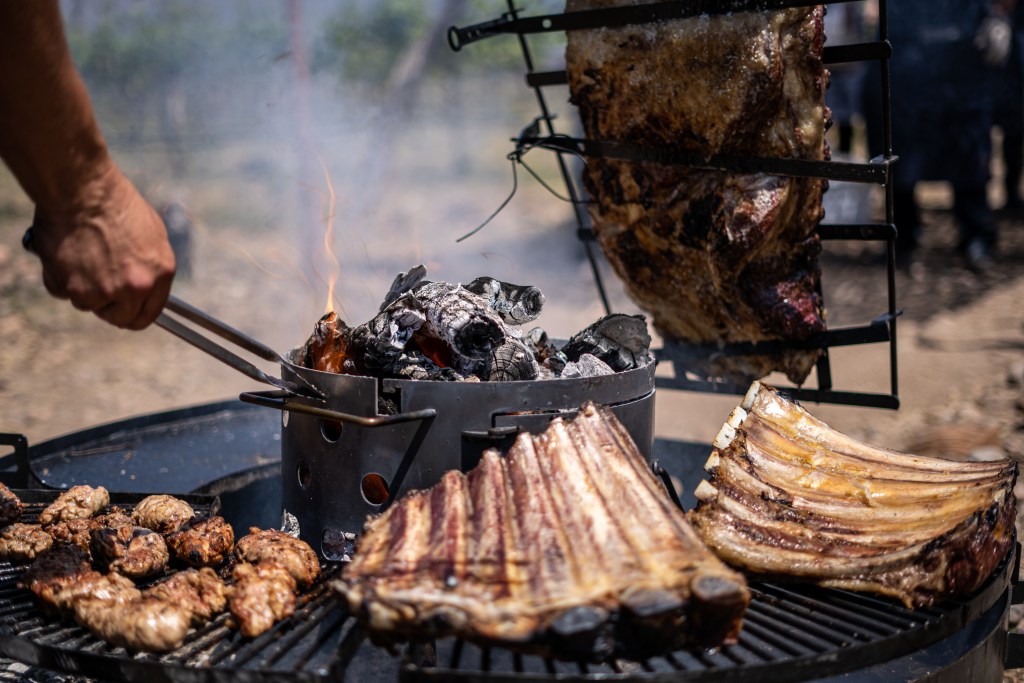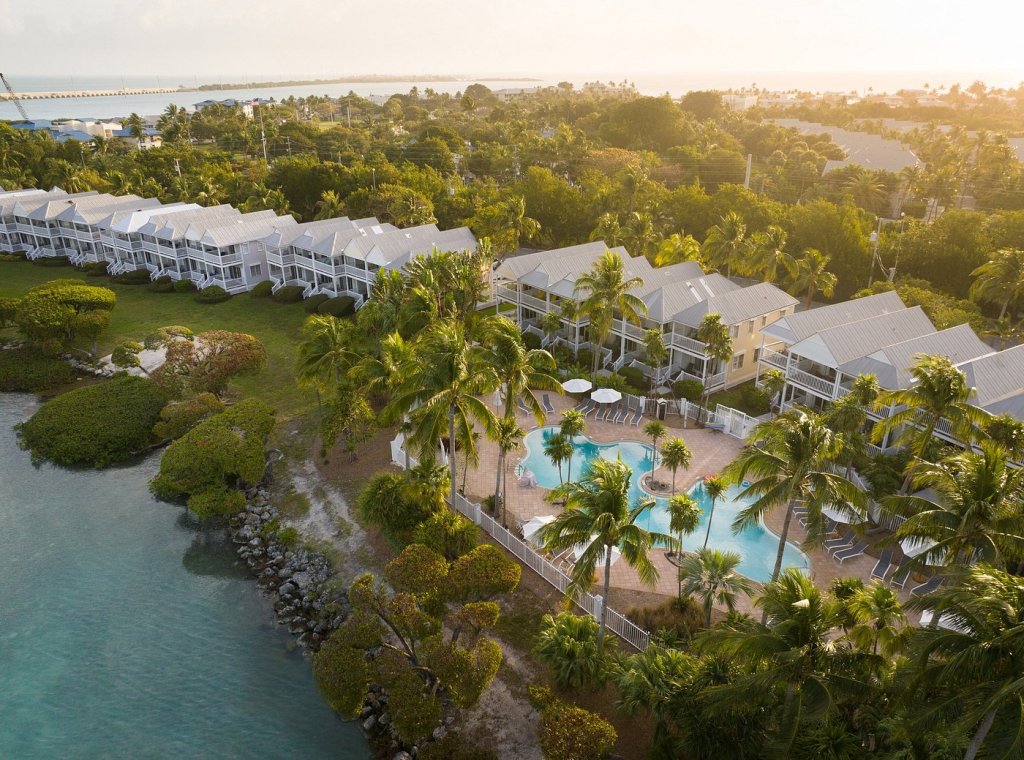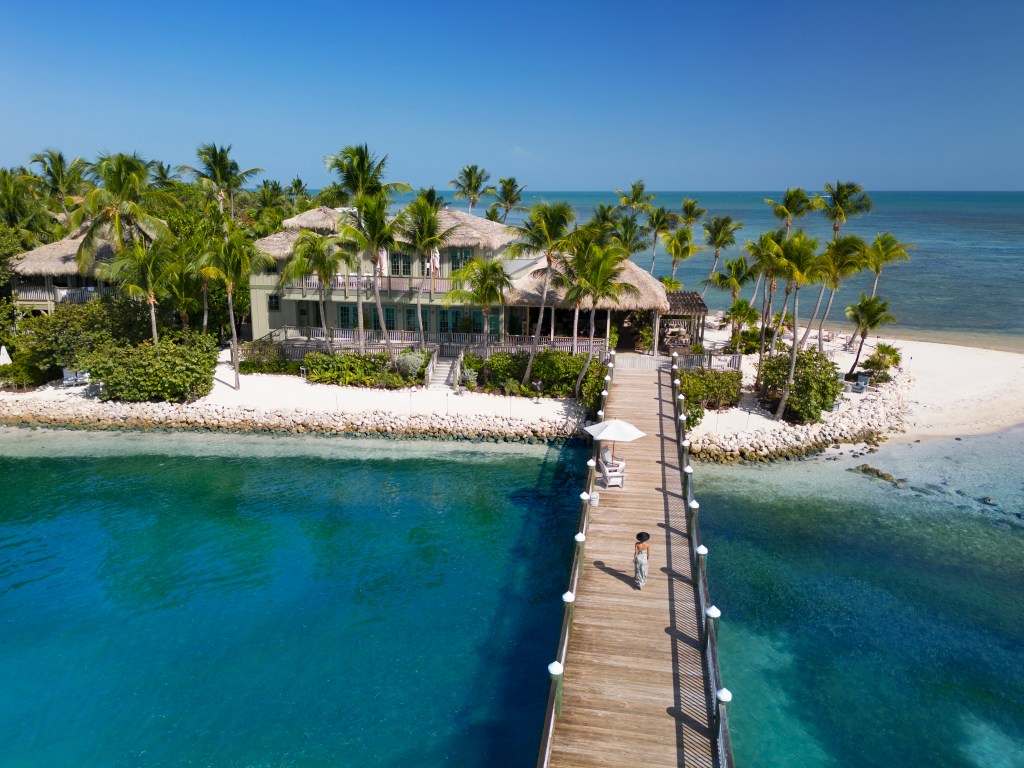The travel world has a few whipping boys. By whipping boys, I mean traveler tropes and habits that are viewed with disdain.
One of the most consistent whipping boys is the traveler who gets in line to board the plane rather than sitting and waiting until the line has shortened.
Those who line up first are viewed as impatient, anxious, and even silly.
After all, why board the plane just to sit on there longer? Especially when seats are already assigned and bag allowance is hammered out?
Well, they might be the nervous type, and standing in place ready to go lets them relax a little. (No harm there.)
They might be worried about whether their carry-on will fit and hope to hide their slightly oversized suitcase amid the masses. (It’s just good sense.)
Maybe they’re worried that space in the overhead cabins will fill up, meaning they need to check their carry-on. (It happens more often than we’d like.)
For the most part, boarding planes first vs last is a matter of personality and past experiences. But there are two serious reasons you might want to board the plane sooner rather than later.
The first covers domestic travel, while the second is geared toward international flights.
Why you should try to board the plane first for domestic flights
If you know anything about overbooked flights, then you might be ahead of me on this one: the last to board are the first to get the cut when a flight is overbooked.
Pretty much the only reason you need to get in line to board a domestic flight (aside from soothing anxiety and ensuring your carry-on has a place in the overhead bins), is to avoid getting the axe when push comes to shove.
The most common reason you’ll be cut from a flight is overbooking, but weight issues can also be a problem. If a plane has crossed the weight limit threshold, then passengers in the back rows are usually the first to be removed from the flight list.
However, if you’ve already boarded, you might be one of the few back-row passengers actually allowed to stay onboard.
Remember this golden rule for gate agents: they’d rather deny boarding to a passenger than pull someone off the plane who already took their seat. When you board first, you ensure your place on the flight in the event its overweight or overbooked.
The other reason you might want to board your plane first on international flights
The likelihood of you being denied boarding on a domestic flight due to overbooking or weight limits is pretty small—but if it’s happened to you before, you know that it’s a devastating delay.
On international flights, you need to board earlier rather than later for cultural reasons.
Things like seat assignments are taken as law in countries where rulebooks are long and rules are taken seriously. The United States, the United Kingdom, Germany, and Japan are four places where you can expect a seat assignment to hold weight.
That’s not the case in other places around the world.
I’ve personally experienced and know other travelers who have had their seats reassigned willy-nilly for groups and families. Instead of officially transferring seats, passengers who board first can sometimes claim the seats around them, especially if they have children.
If you show up to your seat late on an international flight in a place where rules are more lax, you might be shuffled off to a new seat with no recourse.
In fact, flight attendants might not see the problem with this, which means you making a scene on a plane suddenly makes you the problem.
Travel isn’t always fair, my friends, so if you’re worried about losing your assigned seat to another traveler, and you’re in a place where rules seem up for debate, board that plane and settle in!

